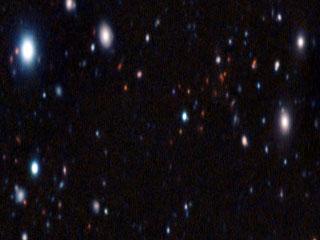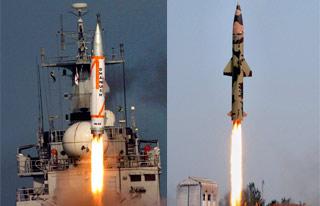
The most remote mature cluster of galaxies ever found. Photo: ESO
WASHINGTON (BNS): Astronomers have measured the distance between the Earth and the most remote mature cluster of galaxies ever found, ESO said.
Astronomers have used an armada of telescopes on the ground and in space, including the Very Large Telescope at ESO’s Paranal Observatory in Chile to discover and measure the distance.
Although this cluster is seen when the Universe was less than one quarter of its current age it looks surprisingly similar to galaxy clusters in the current Universe.
“We have measured the distance to the most distant mature cluster of galaxies ever found,” The lead author of the study in which the observations from ESO’s VLT have been used, Raphael Gobat (CEA, Paris), said.
“The surprising thing is that when we look closely at this galaxy cluster it doesn’t look young — many of the galaxies have settled down and don’t resemble the usual star-forming galaxies seen in the early Universe,” he added.
Clusters of galaxies are the largest structures in the Universe that are held together by gravity.
Astronomers expect these clusters to grow through time and hence that massive clusters would be rare in the early Universe. Although even more distant clusters have been seen, they appear to be young clusters in the process of formation and are not settled mature systems.
The international team of astronomers used the powerful VIMOS and FORS2 instruments on ESO’s Very Large Telescope (VLT) to measure the distances to some of the blobs in a curious patch of very faint red objects first observed with the Spitzer space telescope.
This grouping, named CL J1449+0856, had all the hallmarks of being a very remote cluster of galaxies. The results showed that we are indeed seeing a galaxy cluster as it was when the Universe was about three billion years old — less than one quarter of its current age.
Scientists have found evidence suggesting that most of the galaxies in the cluster were not forming stars, but were composed of stars that were already about one billion years old.
This makes the cluster a mature object, similar in mass to the Virgo Cluster, the nearest rich galaxy cluster to the Milky Way.
 Previous Article
Previous Article Next Article
Next Article











The Indian Air Force, in its flight trials evaluation report submitted before the Defence Ministry l..
view articleAn insight into the Medium Multi-Role Combat Aircraft competition...
view articleSky enthusiasts can now spot the International Space Station (ISS) commanded by Indian-American astr..
view article